Refinishing a cultured marble countertop can be a transformative project that brings new life to an aging surface. Cultured marble is an affordable alternative to natural marble, offering similar aesthetic qualities while being easier to work with and maintain. Unlike natural stone, cultured marble is manufactured from a blend of marble dust, resin, and pigments, then coated with a clear, protective gel layer.
Over time, however, this gel layer can wear down, leading to dullness, discoloration, or scratches that detract from the countertop’s appearance. Refinishing restores the protective coating and can enhance the color and pattern, giving the countertop a brand-new look without the expense of replacement.
To refinish a cultured marble countertop, the first step is to prepare the surface by cleaning it thoroughly. Any residue from oils, soaps, or household cleaners can interfere with the refinishing process. Using a gentle cleanser, ideally, one formulated for non-abrasive use on marble ensures the surface is free of any buildup. After cleaning, it’s important to rinse thoroughly and let the countertop dry completely. Moisture trapped beneath the refinishing coating can lead to peeling or bubbling later, so this drying step is critical for a smooth, professional finish.
Once the countertop is cleaned and dried, it’s time to sand the surface. Sanding removes imperfections like scratches and minor dents and also roughens the existing gel coat, allowing the new finish to adhere better. Using fine-grit sandpaper (typically around 400-grit) is best, as it’s gentle enough to avoid damaging the marble while still preparing the surface adequately. Sanding should be done in a circular motion and with consistent pressure to create a smooth, even base for refinishing. After sanding, all dust particles should be removed with a microfiber cloth or vacuum, as any remaining particles can interfere with the finish.
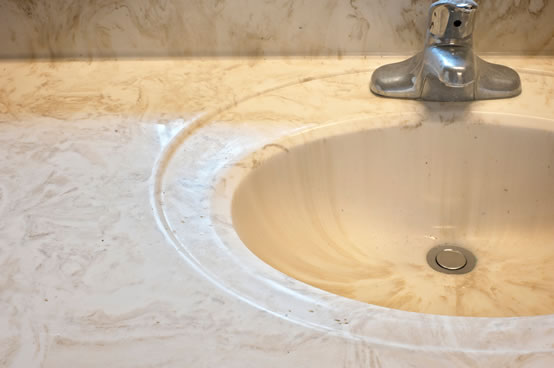
After sanding, applying a bonding primer is essential. The primer creates a sticky surface that the refinishing product can adhere to, which prevents peeling and helps the finish last longer. Using a high-quality bonding primer ensures good adhesion for the refinishing coat, which will help prolong the life of the new finish. It’s important to apply the primer evenly with a brush or roller, then allow it to dry according to the manufacturer’s instructions, which usually takes a few hours. This step ensures that the refinishing material will adhere well to the countertop, giving it a durable, resilient finish.
The refinishing product can then be applied to the primed surface. Epoxy or resin-based coatings are commonly used for refinishing cultured marble because they are durable, resistant to water, and can create a glossy finish that mimics the original gel coat. These products are available in clear finishes, or they can be tinted to add color. Applying the coating in multiple thin layers provides the best results, as it prevents streaks and bubbles from forming. Each layer should be given ample time to dry before applying the next, allowing the product to cure properly and bond with the layer beneath.
Depending on the desired finish, the number of coats will vary. A high-gloss finish may require three or more coats, while a satin finish might only need two. Each layer should be applied carefully, making sure to cover the entire surface evenly. Using a foam roller or a high-quality brush can help avoid brush marks and achieve a smooth, professional look. It’s best to allow the countertop to dry for a full 24 hours after the final coat to ensure it has set completely and is ready for light use.
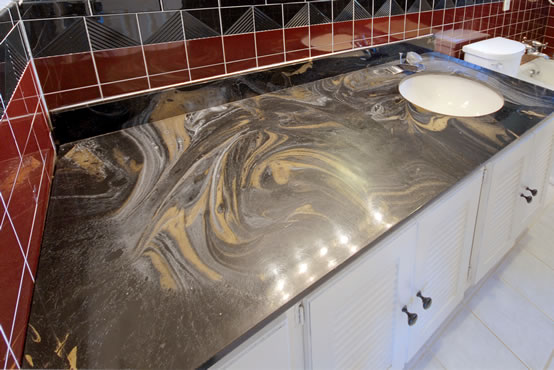
Polishing the newly refinished surface is the next step and can make a significant difference in the final appearance. Polishing helps to achieve a high-gloss, mirror-like finish that mimics the original cultured marble. Using a non-abrasive polishing compound and a soft cloth, you can buff the surface until it reaches the desired shine.
Electric polishers can speed up the process, but they should be used with caution to avoid burning the finish. For a deeper, more intense shine, a marble-specific polish can be applied, as it’s formulated to bring out the natural luster of cultured marble.
Sealing the refinished countertop is an optional but recommended step, particularly for countertops that will be exposed to heavy use or moisture. A high-quality sealer provides an additional layer of protection and helps prevent water spots, stains, and minor scratches.
Sealers are available in different finishes, including glossy and matte, allowing homeowners to customize the look of their countertops further. Applying a sealer is straightforward and requires minimal drying time, though it’s essential to choose a product compatible with the refinishing material used.
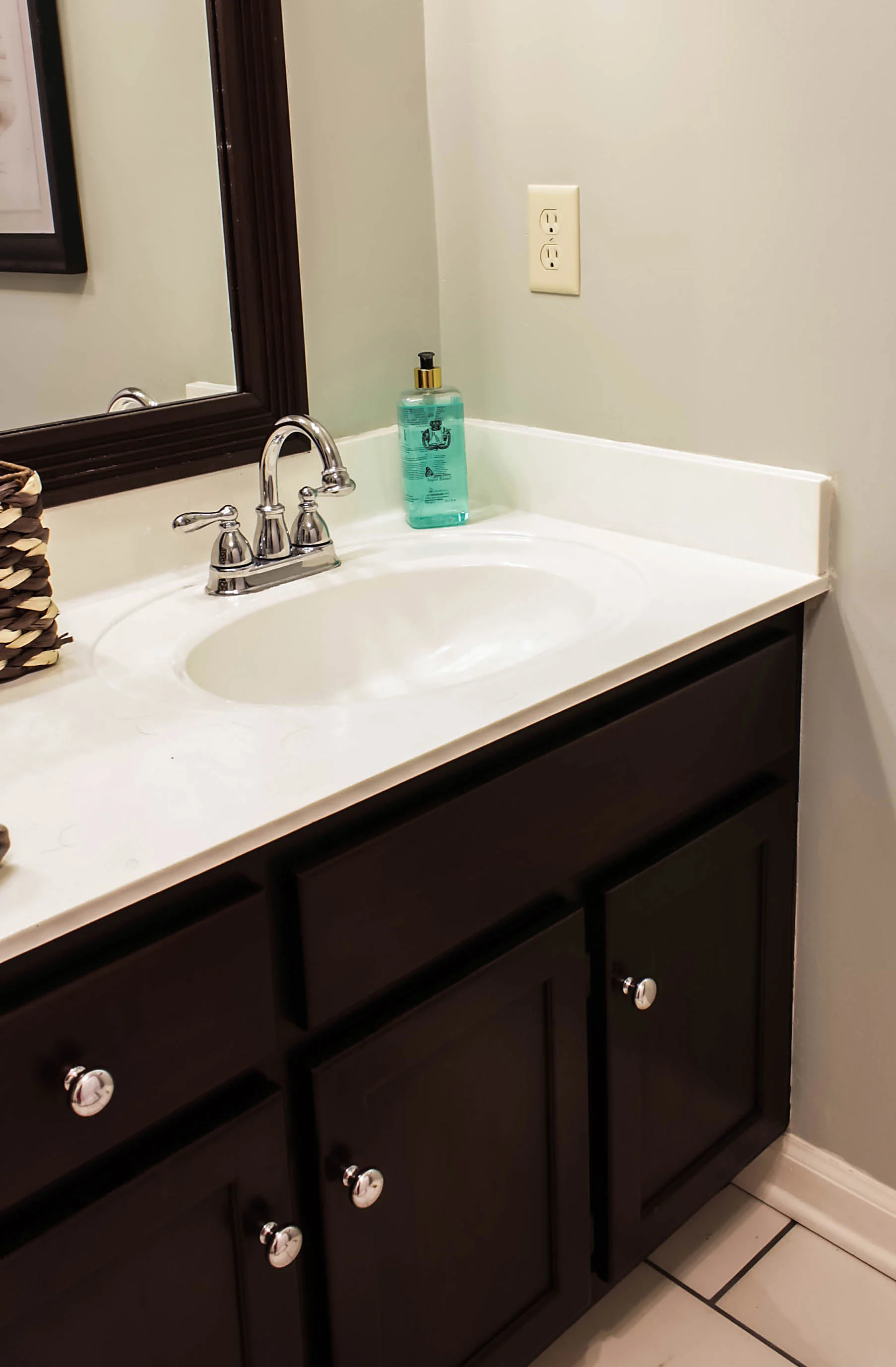
Routine care and maintenance are crucial to preserving the refinished cultured marble countertop’s appearance. While the new finish will be more durable than the original gel coat, it still requires gentle care to avoid scratches or damage. Regular cleaning with a non-abrasive, pH-neutral cleaner keeps the surface free from stains and residue without wearing down the finish. Abrasive scrubbing pads or harsh chemicals can erode the protective coating over time, so it’s best to stick with soft sponges or cloths when wiping down the countertop.
One of the benefits of refinishing a cultured marble countertop is the ability to customize its appearance. Homeowners can choose from various colors and finishes, making it possible to change the countertop’s look entirely. From classic whites and grays to more modern hues, the refinishing process allows for a personalized look without the need to replace the countertop. The added flexibility makes refinishing an attractive option for people looking to update their kitchens or bathrooms without the cost of a full renovation.
Refinishing also significantly extends the life of a cultured marble countertop. Replacing a countertop can be expensive and labor-intensive, while refinishing is a relatively quick and cost-effective way to revitalize the surface. The refinished coating provides renewed protection against stains, scratches, and moisture, helping the countertop withstand daily use for many years. For homeowners looking to preserve their cultured marble’s beauty, refinishing offers a sustainable solution that maximizes the countertop’s longevity.

Additionally, refinishing a cultured marble countertop is an eco-friendly choice. Instead of discarding the old countertop and contributing to landfill waste, refinishing gives the countertop a second life, reducing the environmental impact of replacement. The process uses fewer resources and less energy than manufacturing a new countertop, making it an environmentally conscious decision. For homeowners committed to sustainable practices, refinishing cultured marble aligns well with eco-friendly values.
For the best results, refinishing a cultured marble countertop requires patience and precision. Each step, from cleaning and sanding to priming and sealing, should be done carefully to achieve a flawless finish. Skipping steps or rushing through the process can lead to uneven results or reduce the durability of the finish. With the proper techniques and a little patience, however, refinishing can yield professional-quality results that rival the appearance of a brand-new countertop.
While it is possible to refinish a cultured marble countertop as a DIY project, some homeowners may prefer to hire a professional. Professionals have experience with the materials and techniques required, often achieving a smoother, more polished finish. For those who feel confident in their DIY skills, refinishing can be a rewarding project that enhances both the look and value of their home. In either case, refinishing is a worthwhile investment in the longevity and beauty of a cultured marble countertop.
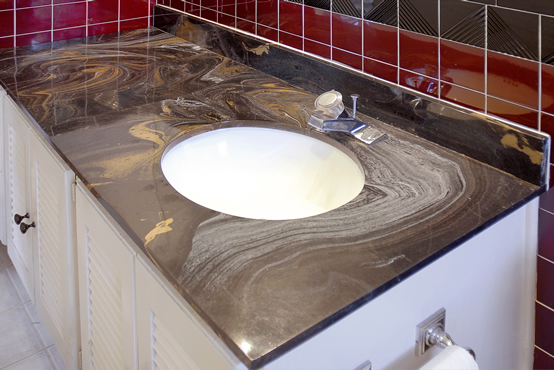
Common Mistakes to Avoid
Skipping the Sanding Step: Sanding is essential for creating a smooth surface that allows the refinishing product to adhere properly. Skipping this step can lead to uneven finishes or peeling over time.
Applying Thick Coats: Applying thick coats of epoxy or resin can lead to bubbles and streaks. Instead, applying multiple thin layers gives a smoother, more professional finish and reduces the risk of imperfections.
Using Harsh Cleaners After Refinishing: Harsh chemicals can strip away the finish, leading to dullness or damage. Always use mild, non-abrasive cleaners to maintain the countertop’s appearance and longevity.
Not Allowing Each Layer to Dry Completely: Rushing through the drying process can cause imperfections in the finish. Waiting for each layer to dry fully ensures a smooth, durable surface.
Skipping the Primer: Primer is essential for helping the refinishing material adhere to the countertop. Skipping this step can result in peeling or reduced durability over time.
Over-Polishing with Abrasive Materials: Using abrasive polishers or compounds can damage the new finish. Stick to gentle polishing techniques to avoid scratches or dulling.
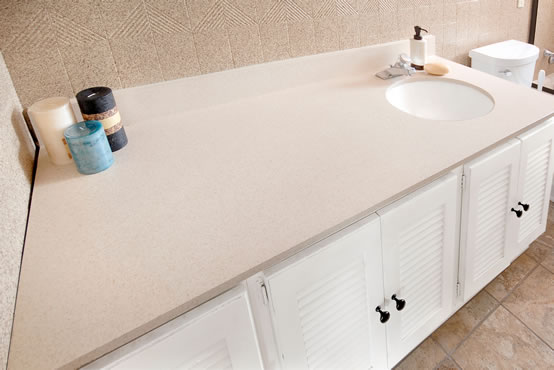
How long does the refinishing process take?
The entire refinishing process, including drying times, usually takes two to three days. This allows each layer, from the primer to the final sealant, to dry completely. Rushing through can lead to imperfections or reduced durability, so giving ample drying time is essential.
Can I change the color of my cultured marble during refinishing?
Yes, refinishing allows you to customize the color of your cultured marble countertop. Many refinishing products can be tinted, giving you options to match the countertop to your decor. From subtle tones to bold colors, refinishing offers a wide range of aesthetic choices.
How often should I reseal my refinished cultured marble countertop?
Resealing every one to two years is recommended, especially in high-use areas. A sealant provides an added layer of protection against moisture and stains, helping the refinished surface maintain its look and durability over time.

Is it possible to do the refinishing myself, or should I hire a professional?
Refinishing a cultured marble countertop can be done as a DIY project if you’re comfortable with the process. However, for best results, hiring a professional can provide a smoother, more polished finish. Professionals have the experience and tools needed for a high-quality outcome.
What type of maintenance is required for a refinished cultured marble countertop?
Routine cleaning with mild, non-abrasive cleaners keeps the refinished surface in good condition. Avoiding harsh chemicals and using soft cloths or sponges will help maintain the countertop’s appearance and prolong its lifespan. Regular cleaning prevents buildup that could affect the finish.
Will refinishing fix deep cracks or large chips in my countertop?
Refinishing can help with minor scratches and surface imperfections but may not be sufficient for large cracks or deep chips. For significant damage, consider consulting a professional to repair the surface or assess whether replacement might be a better option.
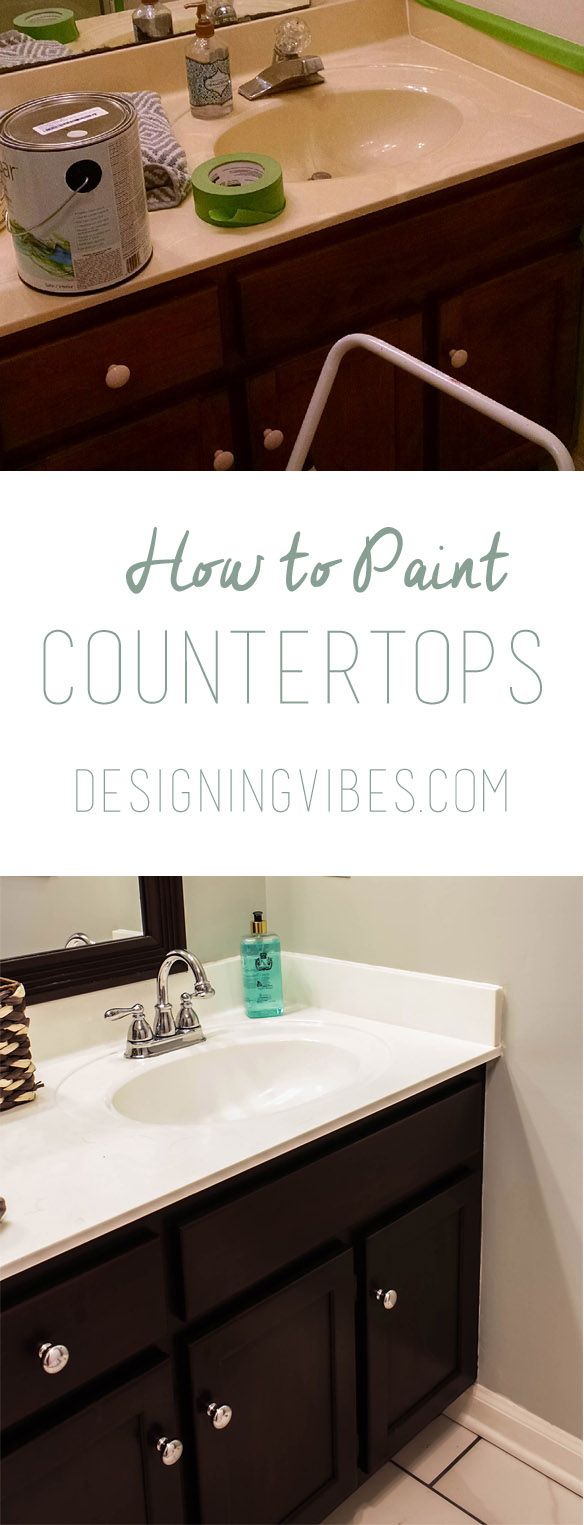
This cultured marble sink and vanity are all in one piece

Related articles:
- Refinishing Cultured Marble Countertops
- White Marble Countertops
- Marble Countertops Backsplash
- DIY Refinishing Cultured Marble Countertops
- Marble Countertops In Bathrooms
- Cultured Marble Countertops
- Gray Kitchen Cabinets Marble Countertops
- Modern Kitchen Marble Countertops
- Refinish Cultured Marble Countertop
- Carrara Marble Countertops Bathroom